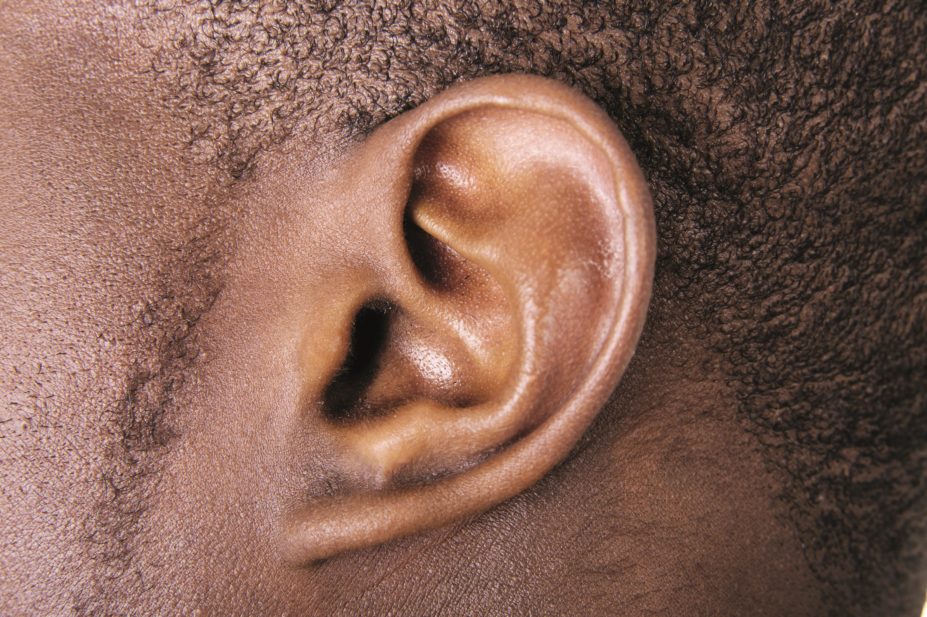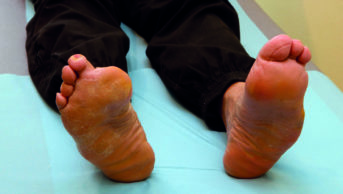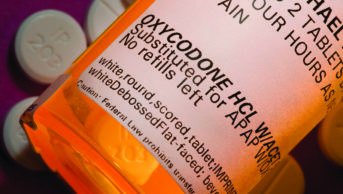
Shutterstock.com
Inflammation increases the risk of hearing loss associated with the use of aminoglycoside antibiotics, according to a study published in Science Translational Medicine
[1]
on 29 July 2015.
Aminoglycosides, including gentamicin, amikacin, netilmicin and tobramycin, are potent antibiotics, and are important in treating serious bacterial infections such as sepsis, meningitis, peritonitis and pneumonia. Because of their broad-spectrum effect, they are often used as first-line treatment for suspected sepsis in newborn babies, often before infection is confirmed.
Although the ear is protected by a blood-labyrinth barrier, aminoglycosides can cross this barrier and travel into the cochlea where they enter the sensory hair cells through mechano-electrical transducer (MET) channels and kill the hair cells. These cells, which translate sound into electrical signals, cannot regenerate once damaged, and the risk increases with rising dose and longer duration of treatment. While it is known that aminoglycosides can cross into the ear and damage the ear’s sensory cells, it has not been clear who is at greatest risk.
To find out more about how this happens, and why some people are affected more than others, researchers led by Peter Steyger from the Oregon Hearing Research Center, Oregon Health & Science University, Portland, tested the effects of aminoglycosides on mice with symptoms of sepsis and inflammation. They found that low levels of inflammation did not affect how much drug crossed into the ear’s hair cells, but higher levels dilated the capillaries and increased the amount of drug that crossed into the cochlea.
The finding suggests that patients who have a severe infection that causes inflammation, such as sepsis, are at a greater risk of deafness than previously thought.
Understanding more about the process could help tailor treatments to patients, says Corné Kros, professor of neuroscience at the University of Sussex, who wrote an accompanying editorial[2]
.
“The simplest approach could be to stop using aminoglycosides, but these are tried and tested, and low cost, with a low rate of resistance formation, and there aren’t many alternatives,” says Kros. “In the short term, it will be about being aware, and monitoring patients closely for hearing loss.”
In the longer-term, researchers are developing drugs that could be coadministered with intravenous and intramuscular aminoglycosides that stop their uptake into the hair cells by competing for the MET channels, says Kros. Another approach could be to modify aminoglycosides so that they are less likely to cross the blood-labyrinth barrier, or be taken up into the hair cells, but still retain their antibacterial activity. According to Kros, understanding why some people are more vulnerable to the effects of the glycosides, for example finding biomarkers to be able to personalise treatment, would also help to avoid this life-changing side effect.
References
[1] Koo J-W, Quintanilla-Dieck L, Jiang M et al. Endotoxemia-mediated inflammation potentiates aminoglycoside-induced ototoxicity. Science Translational Medicine 2015;7(298):298ra118. doi:10.1126/scitranslmed.aac5546.
[2] Kros CJ & Desmonds T. Drug-induced hearing loss: Infection raises the odds. Science Translational Medicine 2015;7(298):298fs31. doi: 10.1126/scitranslmed.aac9811.


